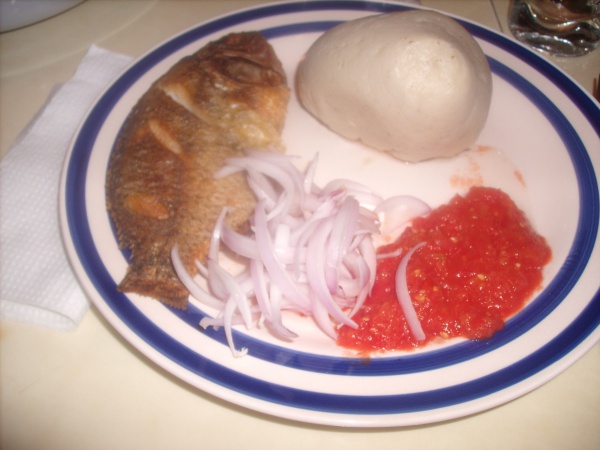Facts About Ghanaian cuisine
Ghanaian cuisine is a vibrant expression of the country's rich culinary heritage. At its heart, it features a starchy staple accompanied by a flavorful sauce or soup, often containing a protein. Tomatoes are a cornerstone of many Ghanaian soups and stews, imparting a distinctive red or orange hue.
The staples in Ghanaian cuisine are diverse, encompassing cassava, plantain, millet, sorghum, yam, maize, beans, sweet potatoes, and cocoyam. The influence of globalization has also introduced cereals like rice and wheat into the culinary mix.
Ghanaian meals typically showcase a variety of dishes derived from these staples. Soups and stews are essential components, each presenting a unique fusion of flavors, spices, and textures. Commonly used proteins include beef, pork, goat, lamb, chicken, smoked turkey, fish, and seafood. Preferred cooking oils are palm oil, coconut oil, shea butter, palm kernel oil, and peanut oil. Palm nuts, peanuts, cocoyam leaves, okra, garden eggs (a type of eggplant), tomatoes, and various pulses are frequent ingredients in these dishes.
A typical Ghanaian breakfast might consist of fruit, tea, chocolate drink, oats, rice porridge, and assorted fritters. Bread is also a breakfast staple, with popular varieties such as tea bread, sugar bread, brown bread, and butter bread. Sweet treats range from fried plantains to baked goods, barbecued items, and steamed or boiled delicacies.
Regarding beverages, Ghana offers a blend of traditional drinks like palm wine, asaana (a fermented corn drink), and akpeteshie (a local spirit), alongside modern options like fruit juices, cocoa drinks, and sodas.
Street food is a beloved aspect of Ghanaian cuisine, with vendors offering a wide array of tantalizing options. Popular street foods include kenkey (fermented maize dough), red red (a bean stew served with fried plantain), and waakye (rice and beans). Other street favorites are kebabs, roasted plantain, and boiled corn.

 Burkina Faso
Burkina Faso